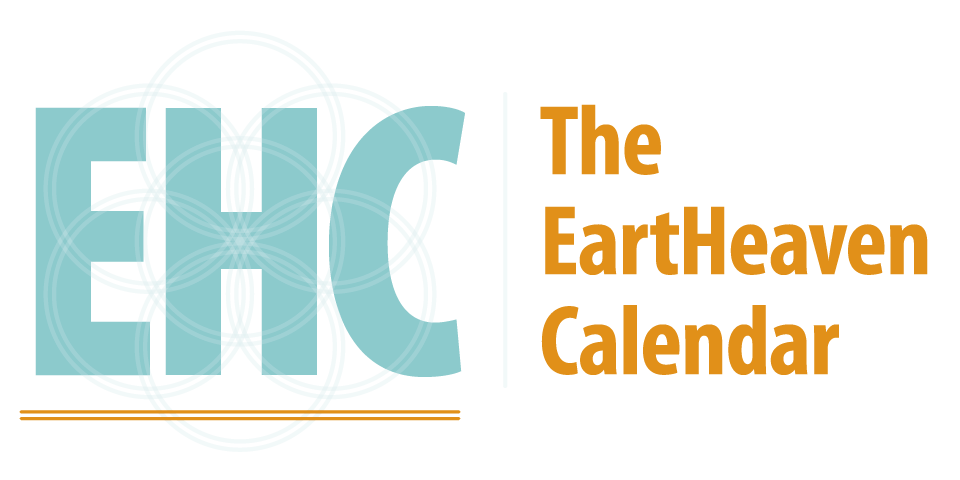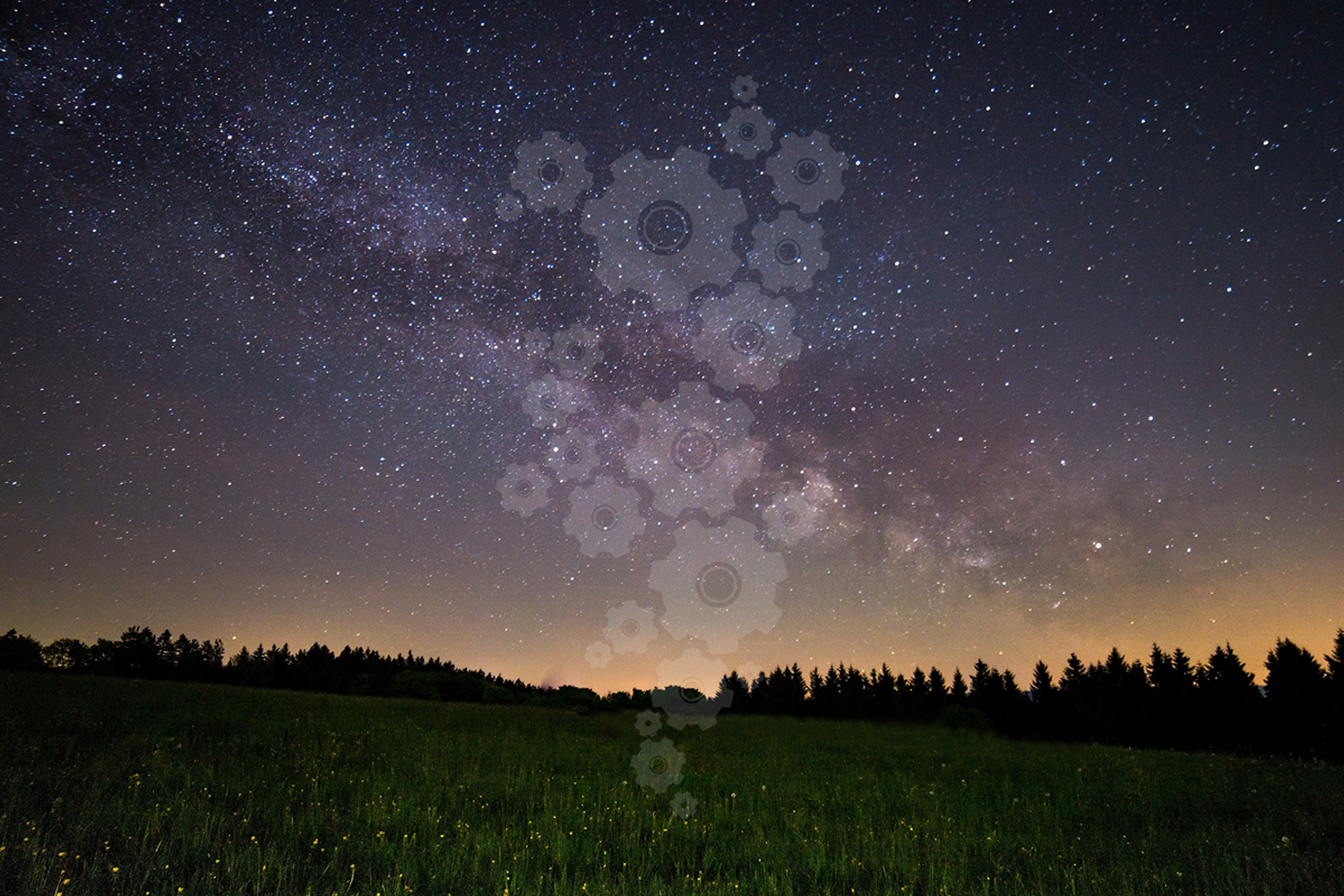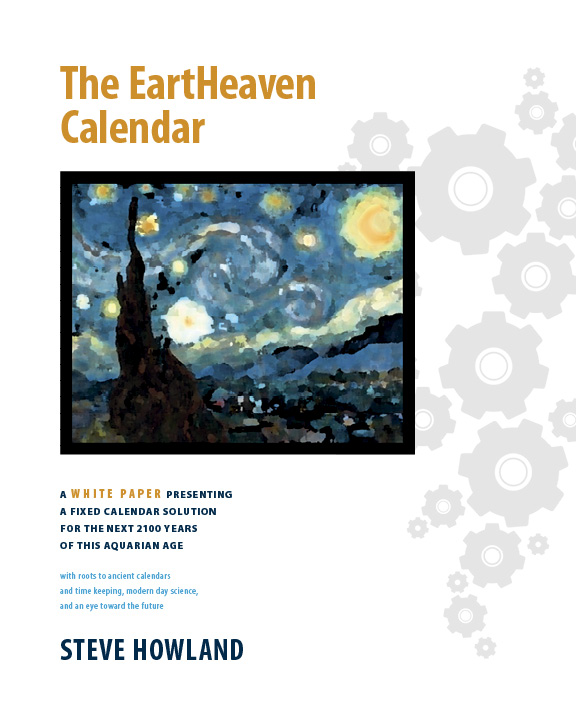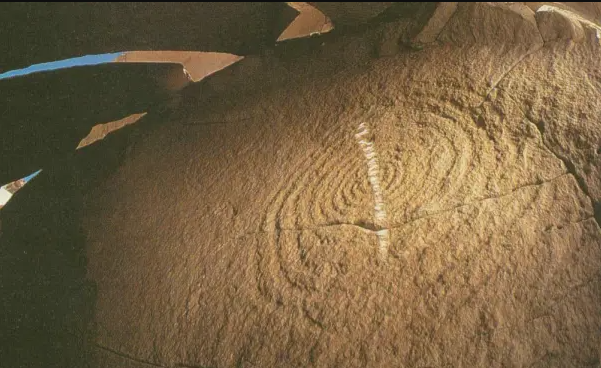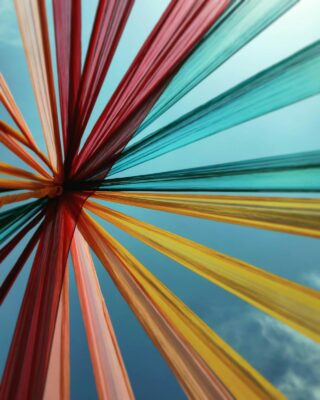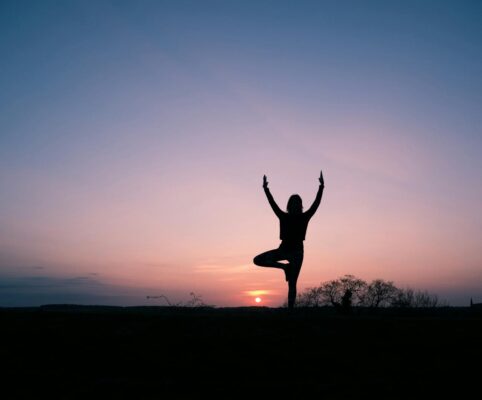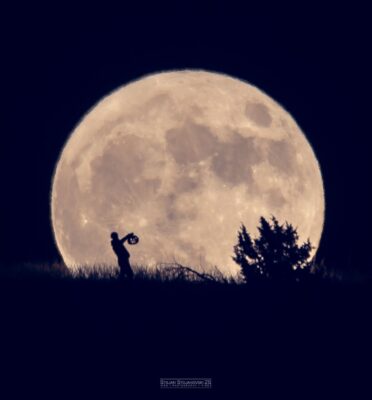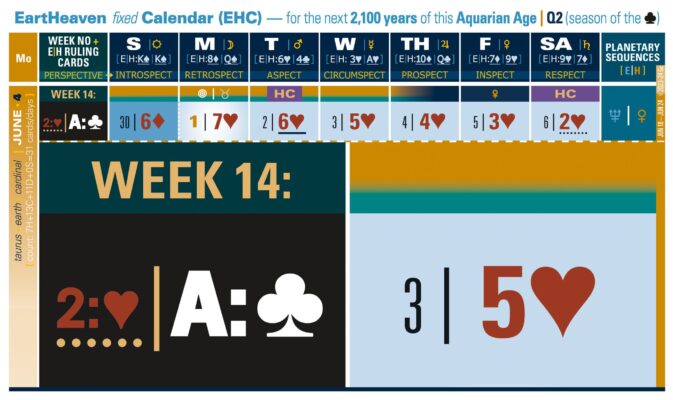A true “fixed” calendar is a 364-day, 52 seven-day-week, 12-month, four-quarter/season calendar. The days of the week, and their numbered positions within the months, will always remain the same (i.e., 1 March will always fall on a Sunday — every year). It maintains its accuracy via intercalation, with the periodic addition of one or more seven-day weeks (thus continuing that ancient, and most sacred, seven-day cycle). Remarkably, over a span of 2,100 years, the EartHeaven calendar’s proposed Leap Week method of intercalation shows a loss of only 4.62 days!
Every year on the EartHeaven [fixed] calendar (EHc) begins with Sunday, 1 March [New Year’s Day] and ends with Saturday, 29 February [New Year’s Eve] thereby “fixing” the dates of the months to the days of the week; hence it is a “fixed” calendar. Further, It is non-dogmatic (religion neutral), and does not add an extra month to our familiar 12-month calendar scheme, nor does it add a blank (or leap) day, outside of its 364-day count.
The regularity of having 52 seven-day weeks, together with the permanence of the set date/days, ensures a calendar that is easily divisible into equal halves, quarters, and weeks, and is also readily committed to memory. The optional inclusion of “Playing Cards” (Hearts, Clubs, Diamonds, Spades) on the EHc, as an Index, serves to function as a visual aid, graphically/symbolically depicting the seasons, weeks, and days of the year.
The EHc also realigns New Year’s Day (1 March) to bracket the March Equinox in its present-day position (that is, within the constellation Aquarius). In doing so, the 12 months will now map the Sun’s contemporary passage through each of the twelve Constellations — from Aquarius to Capricornus — on its annual ecliptic path.
THE EHc HAS A FAMILIAR LOOK AND FEEL
It has been said that, “Once a calendar is established and it is used for a long time in recording events, it comes to be cherished by its users and is an integral part of their history. It is therefore difficult to revise a calendar system; even the best suggestions meet strong resistance.” (The Encyclopedia Americana International Edition; Grolier, CT, 1990.)
That said, it becomes apparent that any reformed calendar must make good sense — that is to say accurate and logical sense — and retain a high degree of familiarity with the present “cherished” calendar.
It would be of great benefit to the civilized world to adopt a contemporary, corrected, and reformed fixed calendar; one that embraces and accurately reflects the astronomical reality of our present time — and the EartHeaven calendar is designed to do exactly that! ✨

